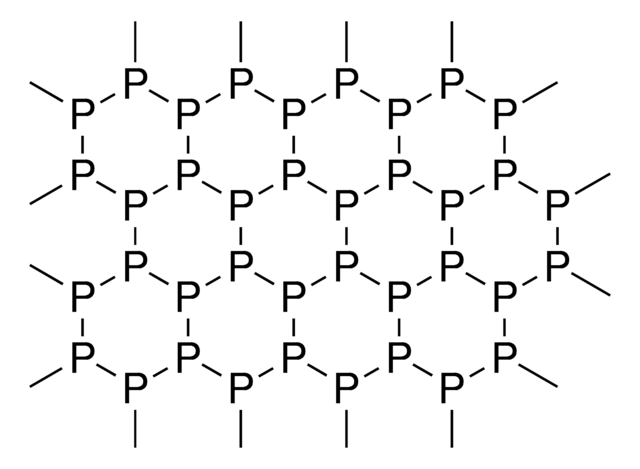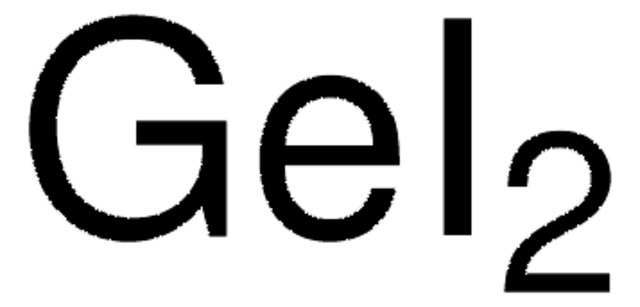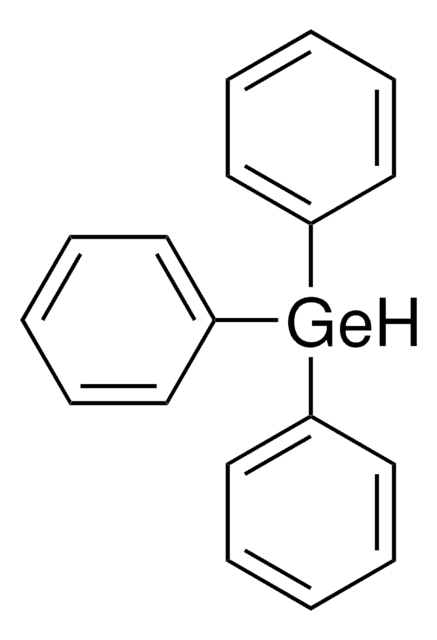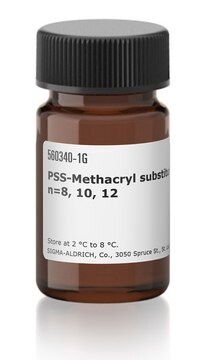906026
Germanane
Synonym(s):
Germanium hydride, Germanium monohydride, Germylidyne
About This Item
Recommended Products
form
powder
SMILES string
[GeH4]
InChI
1S/GeH/h1H
InChI key
ROUHNNRKLNITEM-UHFFFAOYSA-N
Related Categories
General description
Application
Storage Class Code
11 - Combustible Solids
WGK
WGK 3
Flash Point(F)
Not applicable
Flash Point(C)
Not applicable
Certificates of Analysis (COA)
Search for Certificates of Analysis (COA) by entering the products Lot/Batch Number. Lot and Batch Numbers can be found on a product’s label following the words ‘Lot’ or ‘Batch’.
Already Own This Product?
Find documentation for the products that you have recently purchased in the Document Library.
Articles
The properties of Germananes readily depend on the identity of the terminating ligands, allowing these materials to be readily tailored for a broad array of applications. Here we summarize the synthesis, properties, and potential uses of germanane materials.
Our team of scientists has experience in all areas of research including Life Science, Material Science, Chemical Synthesis, Chromatography, Analytical and many others.
Contact Technical Service






